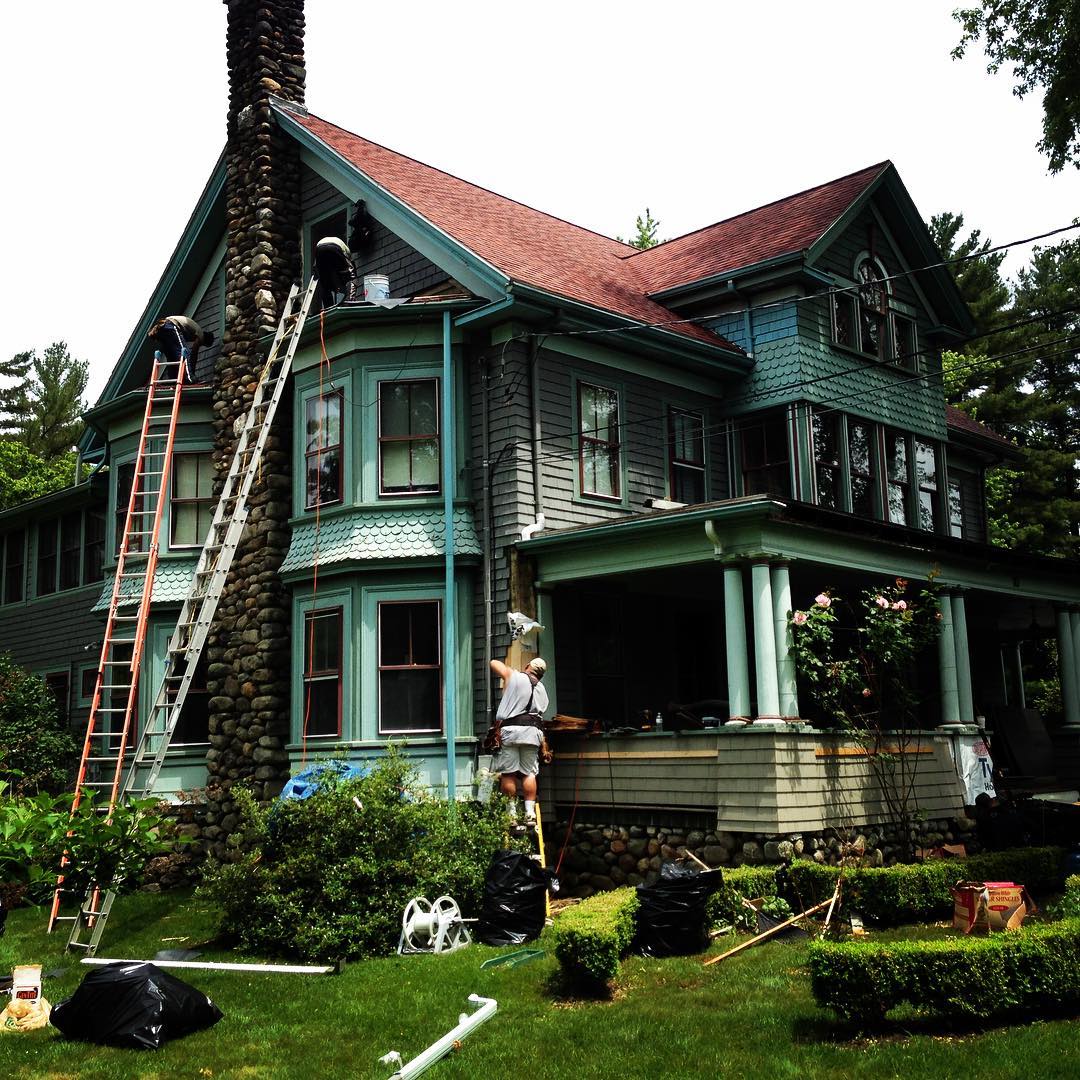What You Need To Know About Making Your Historic Home More Energy Efficient

There are lots of reasons to want to make your home as energy-efficient as possible. Not only is it the best way to make your overall lifestyle more eco-friendly, but you’ll save a small fortune in money over the long haul as well. What is the best way to approach energy efficiency when it comes to historic home construction though? How does the process differ, and what should you know to make sure the process goes smoothly?
You May Be at an Advantage
It may seem as if it would harder to improve the energy efficiency of an older home, but the opposite may actually be true. Many historic homes were built to standards that eventually went out of fashion, but that eco-friendly building experts currently recommend. Homeowners of the past didn’t have access to modern conveniences like air conditioners, so they relied on the design of their homes to keep temperatures regulated and everything running smoothly. Keep this in mind as you move forward with any renovation projects you’re considering.
Taking Things to the Next Level
Enhance the inherent good design in your home by complementing it, as opposed to changing it altogether. Some options worth considering include:
- Upgrading the frames around windows and doors to aid temperature control.
- Adding ceiling fans to rooms that could use better ventilation.
- Thoroughly insulating your attic to cut back on the type of heat loss that occurs at the top of a home.
- Enhance your property with trees strategically placed to protect your home from the elements.
The above are just a few ideas that can help you make your older home more energy-efficient. However, you should contact a professional contracting company that specializes in historic home construction projects for even more great advice. A professional will be able to tell you everything you need to know about what’s best for your unique home and your personal goals for it.
